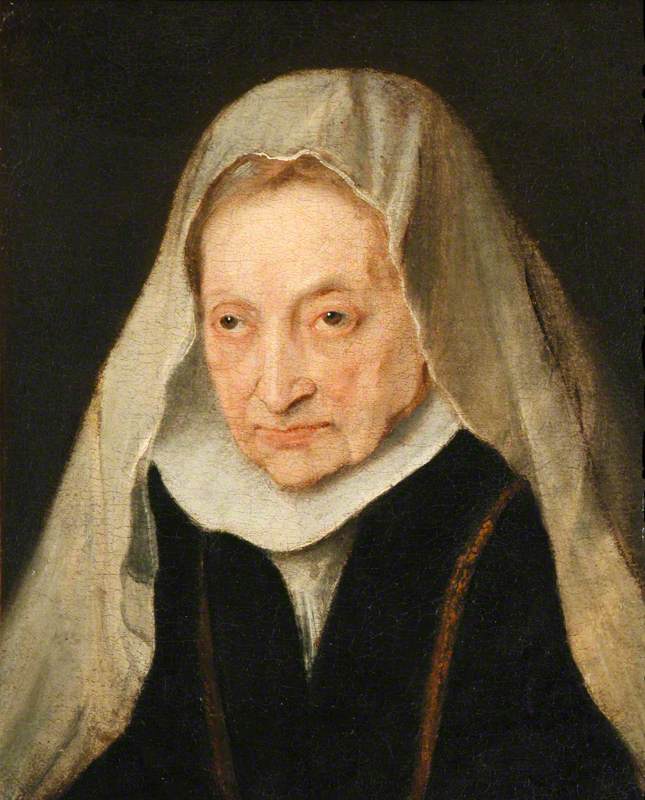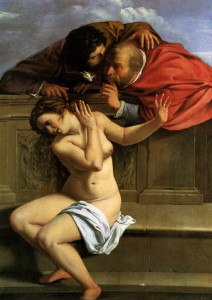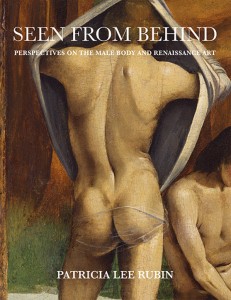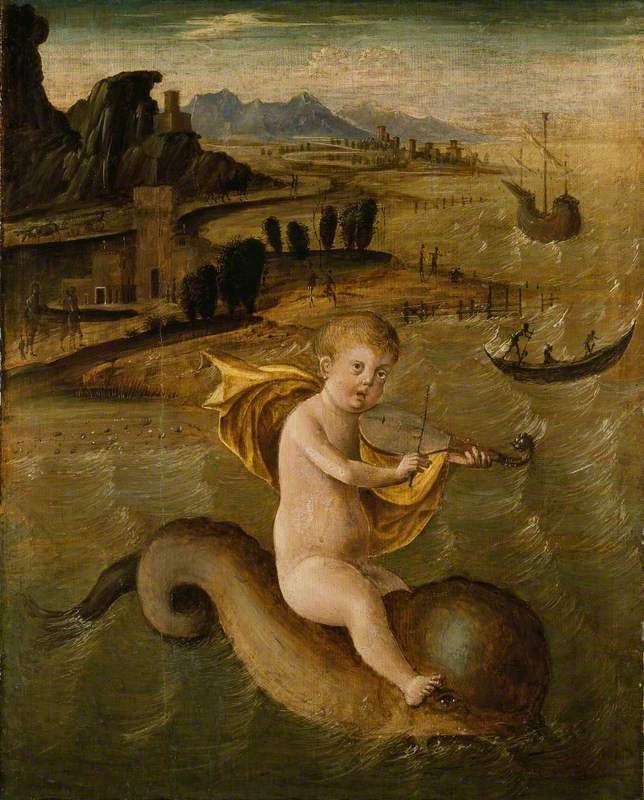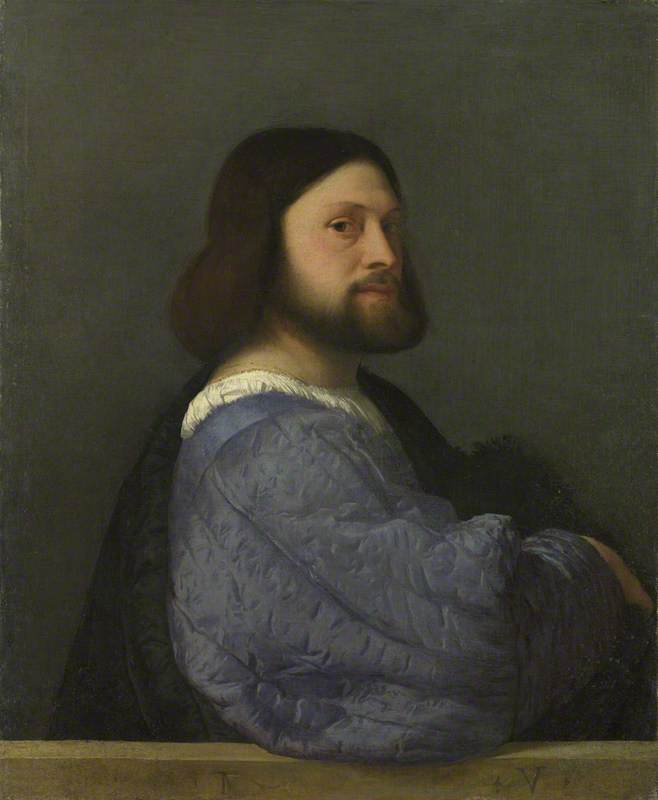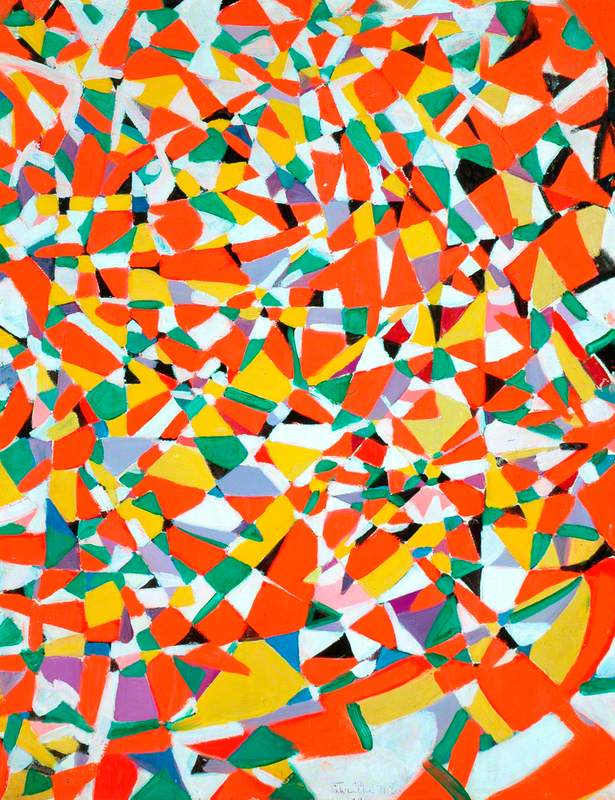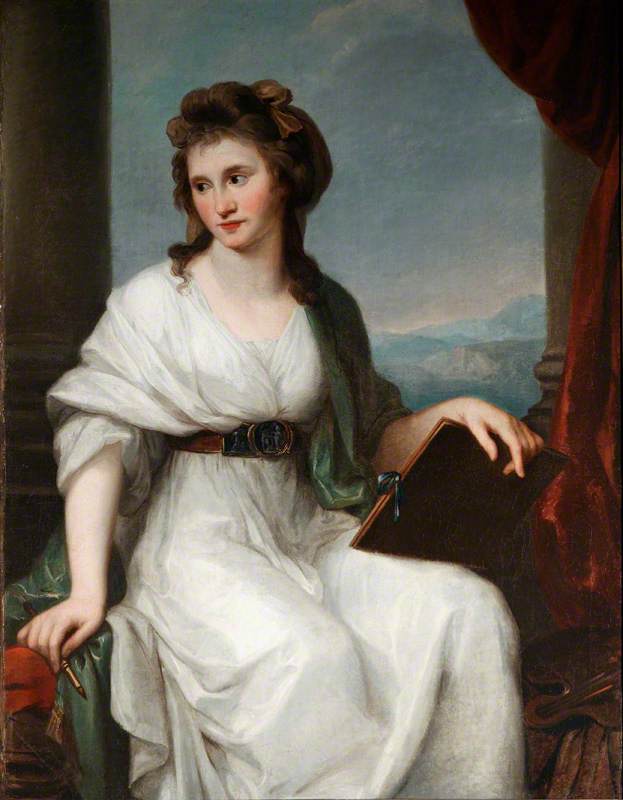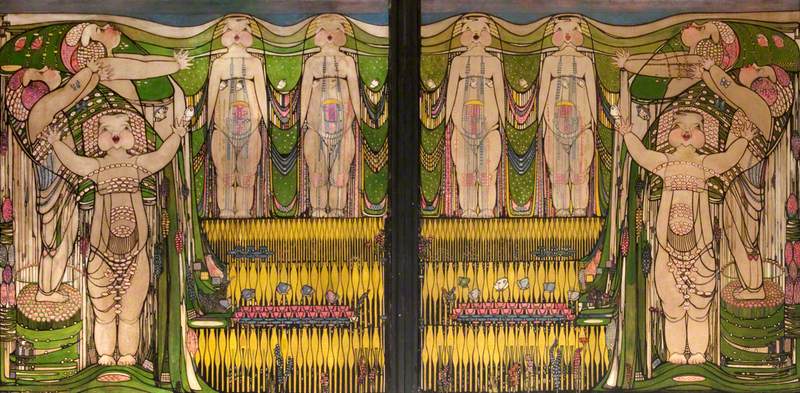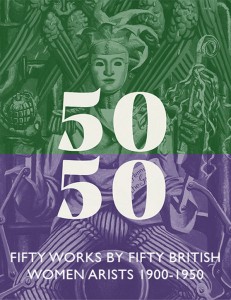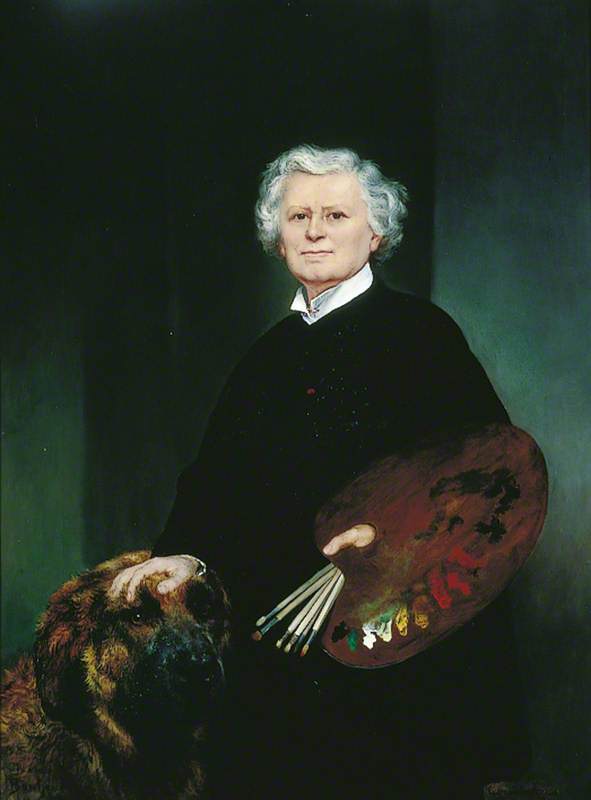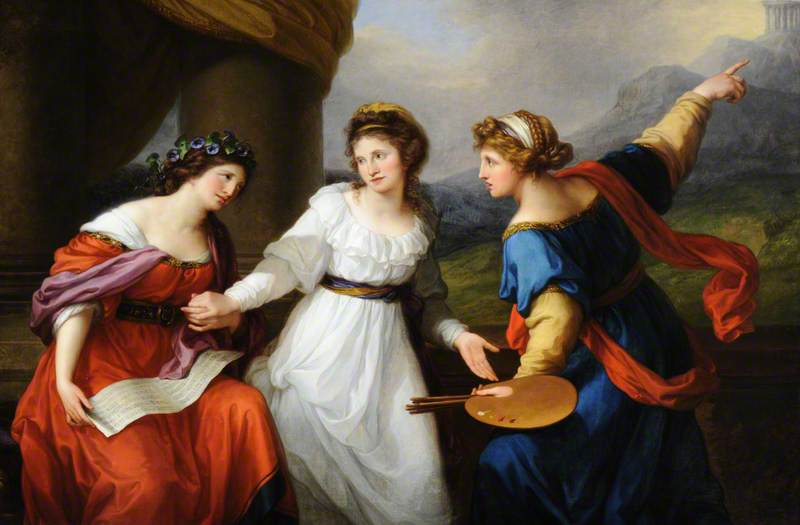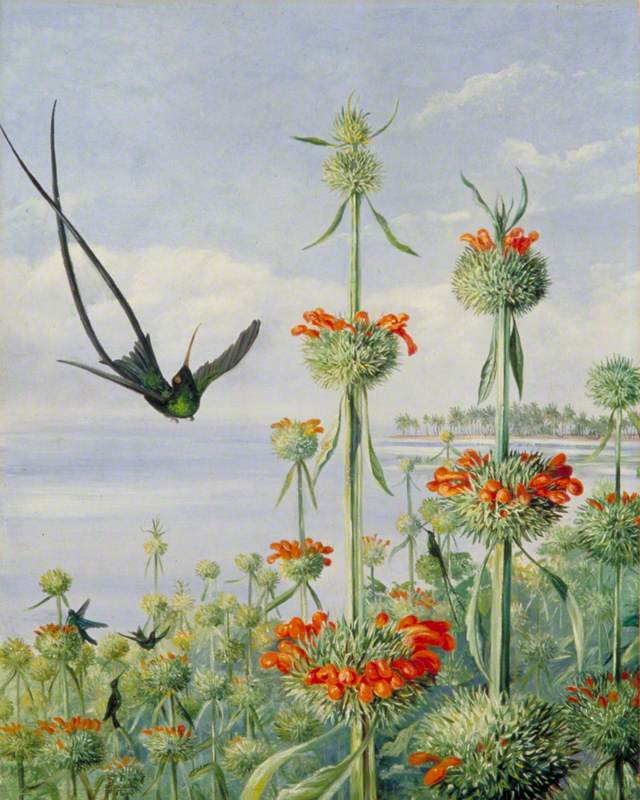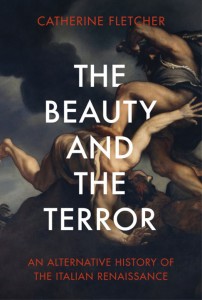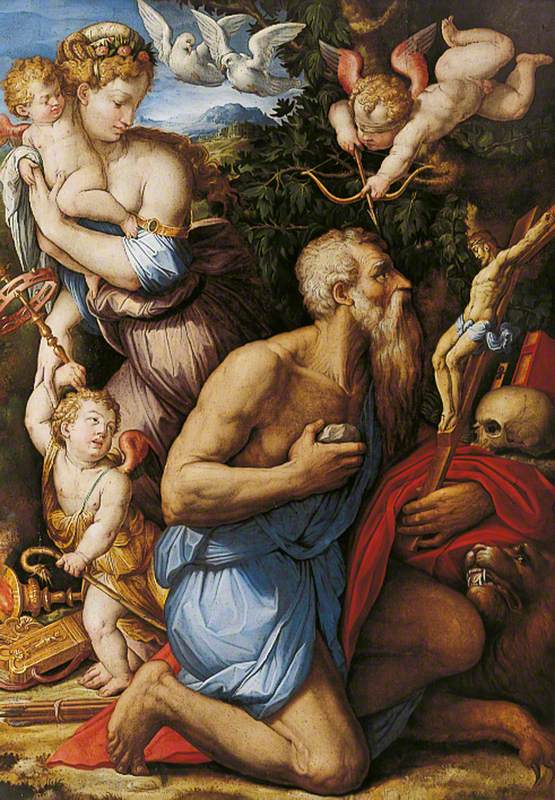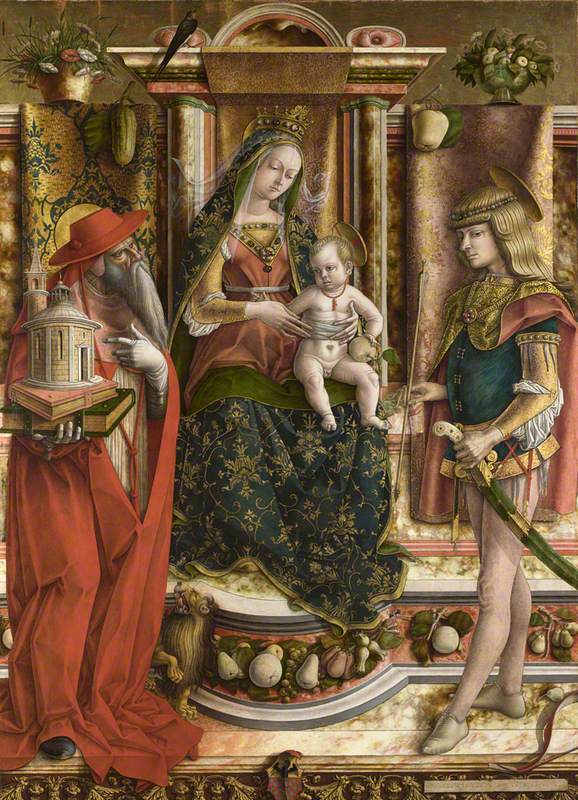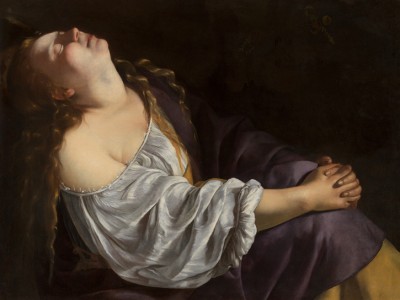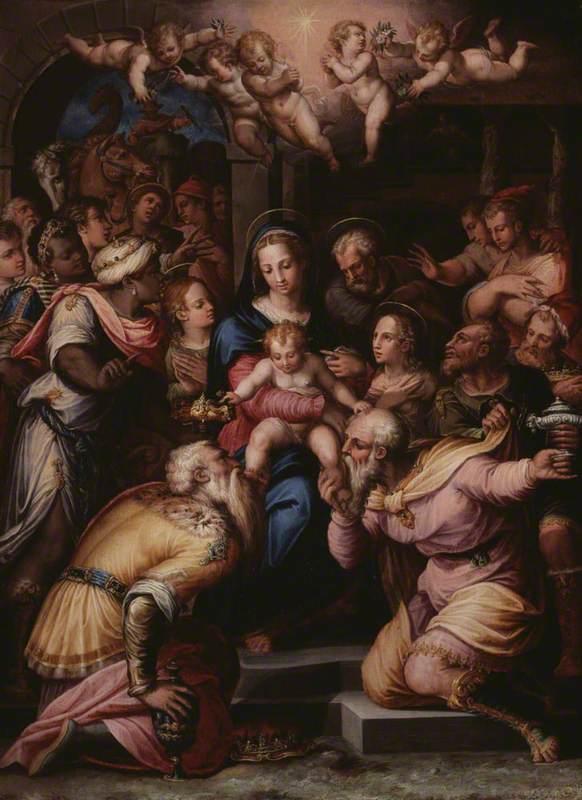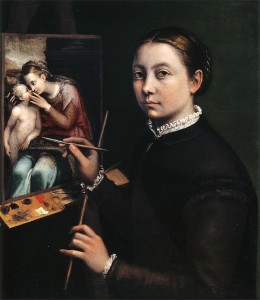Sofonisba Anguissola's adventurous life (c.1535–1625) has all the makings of a good story – dancing with a prince and a duke at the wedding ball of King Philip II of Spain and Isabel of Valois, losing her first husband to pirates and then marrying the sea-captain son of a Genoese noble several years her junior etc. However, the trials and tribulations of Sofonisba the lady-in-waiting, wife, and widow, are eclipsed by the artistic activities of Sofonsiba the painter.
The world of the Renaissance woman artist was problematic – her very existence was considered an unusual phenomenon by her contemporaries. Not only did she operate in a profession where she had no part in making the rules (she was excluded from the guilds and forbidden from studying anatomy or life drawing), she was also never seen by others as an artist plain and simple. She was seen as a woman artist, a bearer of society’s views and assumptions on a woman’s place and role.
Born in the cultured northern Italian town of Cremona, Sofonisba Anguissola was the eldest daughter of noblewoman Bianca Ponzone, who died when Sofonisba was young, and Amilcare Anguissola, a member of the Genoese minor nobility. Not an artist himself, Amilcare nurtured in his children a love for the arts, providing his six daughters and one son with an education that included Latin, music and painting. This type of training was unusual for women in the Renaissance, especially aristocrats. However, together with her sister Elena, Sofonisba completed a three-year apprenticeship with the forward-thinking painter Bernardino Campi, before continuing her training with Bernardino Gatti, an artist heavily influenced by Antonio Correggio. Encouraged in her endeavours by Michelangelo, Sofonsiba would go on to be appointed court painter to Philip II of Spain.
The Artist's Sister in the Garb of a Nun
1551
Sofonisba Anguissola (c.1535–1625) 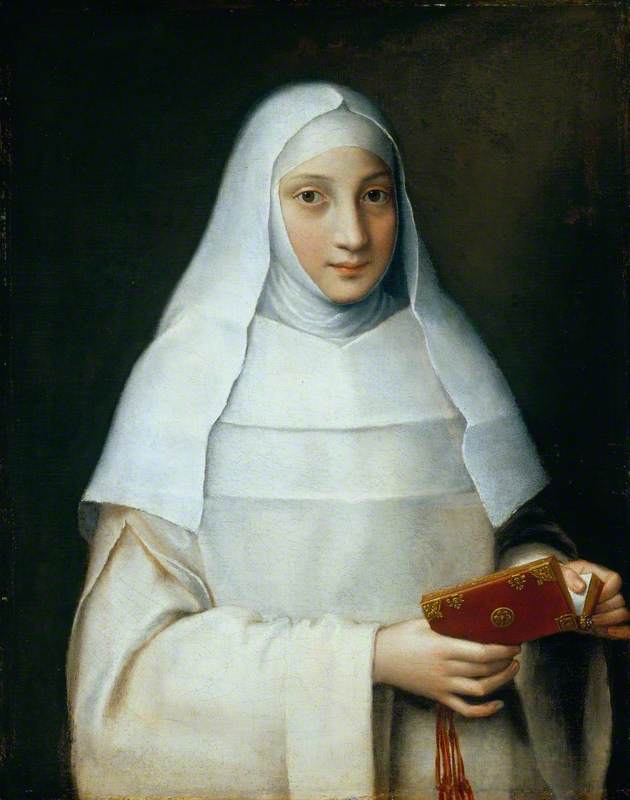
Typically, Sofonisba was at her best when painting those close to her, especially family members, and The Artist’s Sister in the Garb of a Nun is proof of this. In Renaissance Italy, most women from the upper classes had only two options in life: marriage or the cloister. So in 1551, Elena Anguissola, as the second-born child, followed the prescribed path and entered the convent of San Vincenzo in Mantua, becoming a Dominican nun, instead of continuing her studies with Sofonisba. To commemorate Elena’s taking of her vows, Sofonisba probably went to Mantua to paint her sister.
The resulting portrait in oil has been identified as the earliest known work by the artist, whose bold style is a blend of Italian Mannerism and the more naturalistic approach of North Italian and Spanish painting. (This has led to her work being confused with that of Titian, Giovanni Battista Moroni, Alonso Sánchez Coello and Francisco de Zurbarán, to name a few.)
Sofonisba’s three-quarter-length portrait shows Elena wearing a lily-white habit that stands out against the dark green background (the result of overpainting). She holds a book of prayers, the ribbons from which fall under her hands, which is covered in a burnt sienna-coloured leather and decorated in gold. This book is the only source of detail in a painting where light is one of the main themes.
The delicacy of the painting of Elena’s hands, facial expression and garments, as well as the meticulous shading, is characteristic of Sofonisba’s method of direct observation, something that is fully revealed in her ability to depict her sister’s long nose, arched brows, and large almond eyes. However, what is most striking about this portrait is the depth and intensity of Elena’s gaze, which is directed at the viewer. Sofonisba has captured her sister’s psychology with exceptional honesty and insight, drawing us into the mental and emotional space of the painting.
Despite her restrained style and her attempt to imbue the portrait with an air of contemplative silence, Sofonisba has also invested the simple geometric clarity and solidity of Elena’s figure with an intimate and distinctive power. As the sixteenth-century artist-architect-diarist Giorgio Vasari wrote in his Lives of the Most Excellent Painters, Sculptors and Architects, Sofonisba has the capacity to make her figures 'appear truly alive'.
Sofonisba’s skills were emulated by both men and women, including Caravaggio, whose Boy bitten by a Lizard (1595–1600), now in The National Gallery, was likely inspired by one of her drawings. But it is in this innovative portrait of her sister that we can really see why Sofonisba is famous for being one of the first internationally recognised female artists.
Julia Biggs, art historian – Renaissance Art History Cambridge
